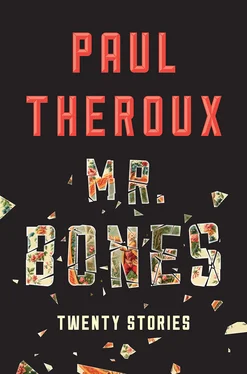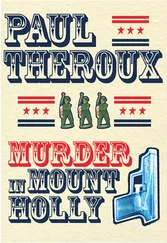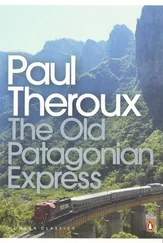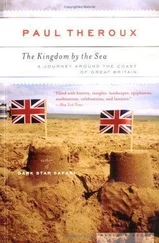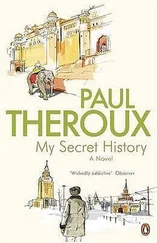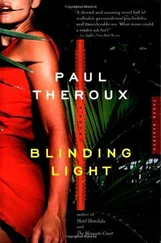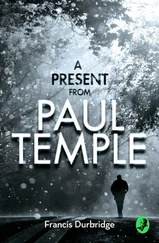So in vandalizing his artworks he was regarded as worse than a crank. He was a homicidal maniac.
He told people he knew, who objected, that he might have stopped had the reaction against him not been so strong. He wondered if what he said was the truth, because the reaction — the sense of outrage, the condemnation — energized him. What right did they have to say “How dare you”?
Though it was unimaginable to the art collectors and connoisseurs, the destruction became easier for him. “Why am I doing it? Why am I so effective and precise? Because I am a connoisseur!”
How fragile, how insubstantial these objects were. A Japanese woodblock print was made of rice paper. Even his greatest Utamaro hardly raised a flame before the astonished and insulted eyes of Mr. Harada, and it left a mere smudge of ash. The value of a gourd cricket cage was its lid, a deeply carved cookie of ivory that could be pinched apart, and the gourd was easily crumbled. In a gesture of strangulation he broke these things in his hands, and to be certain they wouldn’t be reassembled, he stamped his shoe on them, grinding them with his foot sole. He slashed paintings, he crushed porcelain, he hammered silver pots flat.
And he required witnesses — the effort was almost wasted without someone watching, especially someone who cared, who would report it.
These witnesses believed they could persuade him not to destroy the thing. They tried (as they saw it) to talk him off the ledge. “Think of the implications of what you’re doing.” He thought of the implications. They were his motives. Their concern only made him more intent on finishing the job.
Minor Watt never raised his voice; he was not angry. His calm way in this destruction unnerved anyone who watched him, as though he was about to stick a knife in their eye. There were always plenty of willing witnesses these days, since their hope was that at the last minute he’d have a change of heart. But the witnesses themselves roused his conviction.
Something else that animated him was the desire to destroy each thing differently. “I could simply set my house on fire,” he told one collector. “I could stack everything I own onto a pile and set it alight. But that would be meaningless.”
And he wanted to add that a massacre can mean less than a single execution.
“So what you’re doing has a meaning?” Doug Redman had asked.
“Yes, I think so. The experience of seeing a lovely thing leave the world forever. The drama of extinction, so to speak. It’s a death.”
He was not, he said, the first person to destroy works of art. The Vandals had given the world a word by doing it. The Chinese emperor Ch’in Shih-huang had burned every book in his kingdom in 213 B.C. Spanish conquistadors had stolen golden ornaments from the Inca people and hammered them into crucifixes. In 1942 bombing raids by the Germans had targeted specific churches and museums, not only to demoralize the British but to demonstrate German might. Baron Gustav Braun von Sturm said, “We shall go out and bomb every building marked with three stars in the Baedeker Guide.” The devastating raids on Britain called the Baedeker Blitz leveled thousands of ancient buildings, their contents — paintings, furniture, silver — reduced to ashes. Most of the Old Master paintings stolen by Irish terrorists in the 1970s from English houses and museums had never been found and had probably been kicked to bits or sold for guns.
Compared to this, trashing a Francis Bacon was negligible. Bacon himself regularly destroyed paintings he’d done that didn’t suit him, and laughed when the critics howled. The destruction had not diminished him; it had made him loom larger.
But though the historical precedent for the destruction of artwork was ancient, the novelty that Minor Watt introduced was his using his own art collection, piece by piece; and while it seemed a form of insanity, it was both unprecedented and lawful.
He felt no remorse — far from it. He was suffused with an unexpected sense of power, greater than anything he’d felt in acquiring the works. He knew the joy of a winning bid, the cry of “Sold!” The arrival of the wooden crate, the dismantling, the revealing of the painting, the urn, the skull, the statue, the goblet. But destroying any of these things gave him the intense pleasure that could only compare with devouring something rare — eating an endangered animal, the feeling the Chinese had when feasting on a bear paw or a moose nose or the liver of a tiger.
He envisioned no end to it. He had enough money to go on buying art. The disgusted foretaste of destroying a thing he saw in a salesroom or a catalogue filled him with an urgency to buy it.
The discouraged Bennett Hembergs said, “It’s not yours — art belongs to the world. We are merely the preservers, keeping these pieces for future generations.”
“I disagree,” Minor Watt said in his quiet way. “I am disproving that. By destroying them I am making them mine.”
He did not say (though he implied it) that it was his intention that no one would ever see them again. Or hold them or touch them or smell them — the smell of such antiques was distinct and musty, like that of leaf mold or dried meat. No one would bear witness to them. Knowing they were irreplaceable, he did his best to prevent anyone from photographing them whole.
“You’re like a murderer, a rapist who kills his victims!”
He laughed — the tyrant laugh. “You don’t know what murder is!” These were things that belonged to him. “No one can prevent me from destroying my own property, providing I do it in safety.”
The great pity, in Minor Watt’s mind, was that he was the true connoisseur: he had studied these pieces with such care that no one saw as deeply into them as he did. “What a loss,” they said, but they didn’t know the half of it. The witnesses, the gallery owners, the collectors, were not ignorant, but neither did they fully understand the works — their historical importance, even their monetary value.
Art critics condemned him; his name became a euphemism for gratuitous violation. He was denounced and vilified. Yet he gloried in the abuse. It proved how successful he’d been: he wanted his efforts to be known. And, by the way, it showed how wealthy he was — the word “potlatch” was used for his destruction made into a ritual. He’d caused the moneymen to be afraid and, in their cowering, to look small and mean.
Not everyone howled. Some women were attracted to him for these acts of destruction. Unstable women, on the whole, too eager, excited by the danger, by being so close to the fires that scorched his paintings, the dazzle of the knife blades, the clubs that smashed the pots. They were like the panting people who chased fire engines or joined window-breaking mobs or wrote letters to serial killers, falling in love with them, marrying them on death row. The women were perhaps destructive themselves and had lived by ruining other people — but not on this scale. The ingenuity of Minor Watt shredding his paintings, smashing his porcelain, crushing the decorated skulls, microwaving his majolica, roasting his Polynesian clubs in his fireplace, had not occurred to them — they didn’t own any works of art. He avoided these women. What did they know?
And at the parties he attended he was treated as notorious. Stab a Stella and people flee — or hang around, transfixed. He stopped going to parties. “Charisma vampires,” he said; they sapped his energy.
What alarmed the art world was that Minor Watt had the means to replace these works. When he showed up at auctions the other bidders glared at him, and when he was successful gloom descended on the salesroom, for it was known that the piece he’d bought — painting, book, pot, sculpture, dueling pistol, helmet, whatever — would be shattered to bits. And if it happened to be a rare South Indian bronze, it would be blowtorched into a sorry lump of unrecognizable metal. Ownership to Minor Watt meant oblivion.
Читать дальше
